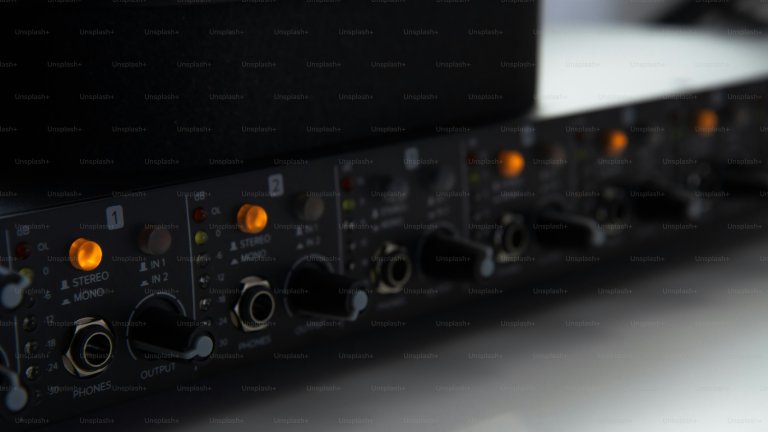How to Get Music Videos on Your Classic iPod
Listening to music has evolved over the years from cassette tapes and CDs to digital formats like MP3s. With the rise of digital music, not only can you listen to music on your portable devices like smartphones and tablets, but you can also watch music videos on them. However, many people still prefer using their classic iPods for listening to music on the go. But what if you want to watch music videos on your classic iPod? In this article, we will guide you on how to get music videos on your classic iPod.
Step 1: Check Your iPod’s Compatibility
Before you start the process of getting music videos on your classic iPod, it is essential to check if your device is compatible. Only 5th generation or later iPods are compatible with video playback. You can check the generation of your iPod by going to the settings and selecting “About”. If your iPod is compatible, then proceed to the next step.
Step 2: Convert Your Music Videos to MPEG-4 Format
The classic iPods only support videos in the MPEG-4 format. So, if your music videos are in a different format, you will need to convert them. There are many video converter tools available online that can help you with this step. One popular tool is Handbrake, which is free and easy to use. Before converting your videos, make sure to select the output format as MPEG-4.
Step 3: Connect Your iPod to Your Computer
Using a USB cable, connect your classic iPod to your computer. Make sure your computer has iTunes installed. iTunes is the software that manages your iPod’s content and also helps in transferring music videos to your device.
Step 4: Add Music Videos to Your iTunes Library
Open iTunes on your computer and go to “File” and then “Add File to Library”. Select the music videos that you want to transfer to your iPod. The videos will now be added to your iTunes library.
Step 5: Create a Playlist for Your Music Videos
To keep your music videos organized, it is recommended to create a playlist specific to your videos. To create a playlist, go to “File” and select “New” and then “Playlist”. Give your playlist a name and then click on “OK”. Your new playlist will now appear in the left sidebar under the “Playlists” section.
Step 6: Transfer Music Videos to Your iPod
Once your playlist is created, drag and drop the music videos from your iTunes library to your playlist. Then, select your playlist and click on the “Music” tab in the main window. Check the box next to “Sync Music” and select your playlist from the drop-down menu. Click on “Apply” to start the syncing process.
Step 7: Eject Your iPod and Enjoy Your Music Videos
After the syncing is complete, eject your iPod from your computer. You can do this by clicking on the “Eject” button beside your iPod’s name on the left sidebar in iTunes. Now, go to the “Videos” menu on your iPod and select your playlist. You should now be able to see and watch the music videos that you transferred.
Tips for a Better Experience
Here are some additional tips to enhance your experience of watching music videos on your classic iPod:
- Make sure to have enough storage space on your iPod before transferring music videos.
- Choose high-quality videos for a better viewing experience.
- You can change the video playback settings on your iPod under “Settings” and then “Video Settings”.
- Customize your playlist by adding album art, artist names, and song titles for your music videos. This will help in organizing and finding them quickly.
Conclusion
With advancements in technology, listening to music has become more enjoyable and convenient. And with the steps mentioned above, you can easily get music videos on your classic iPod and enjoy the best of both worlds. So, next time you go on a trip or commute to work, make sure to have some of your favorite music videos loaded on your classic iPod to make your journey more entertaining.




